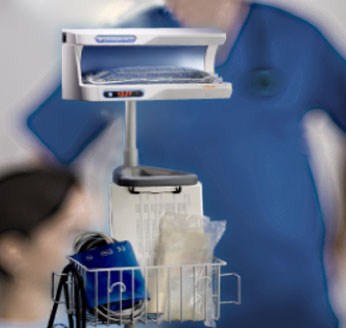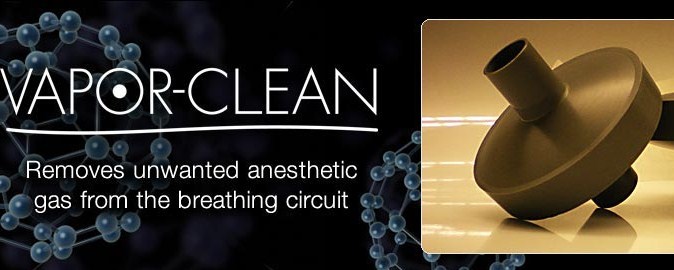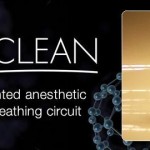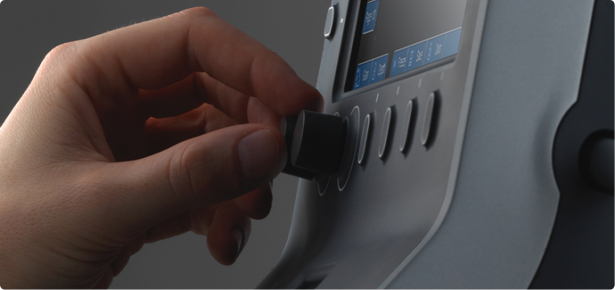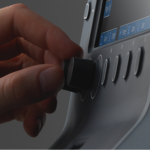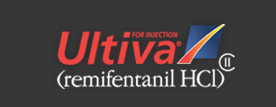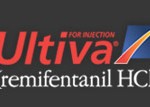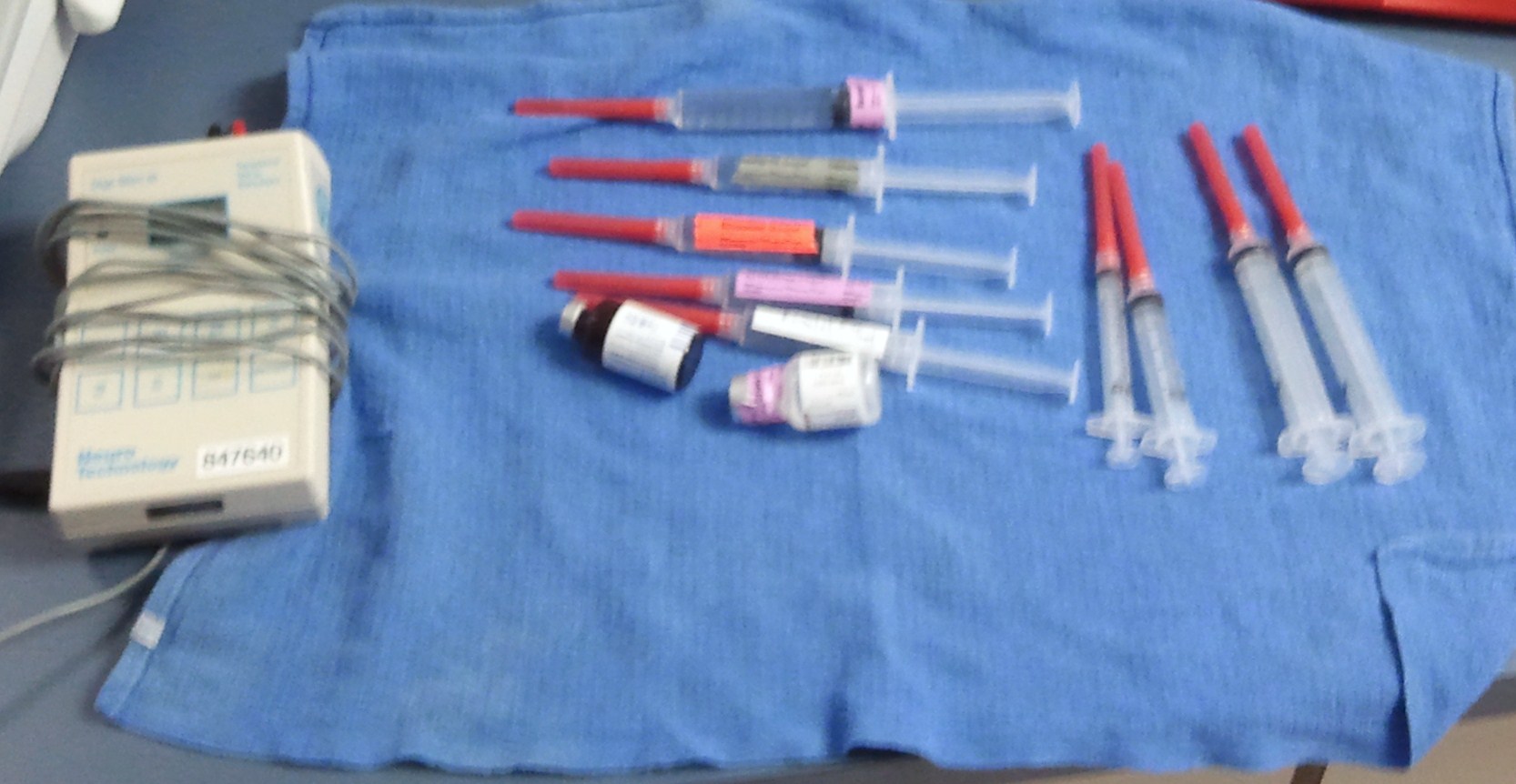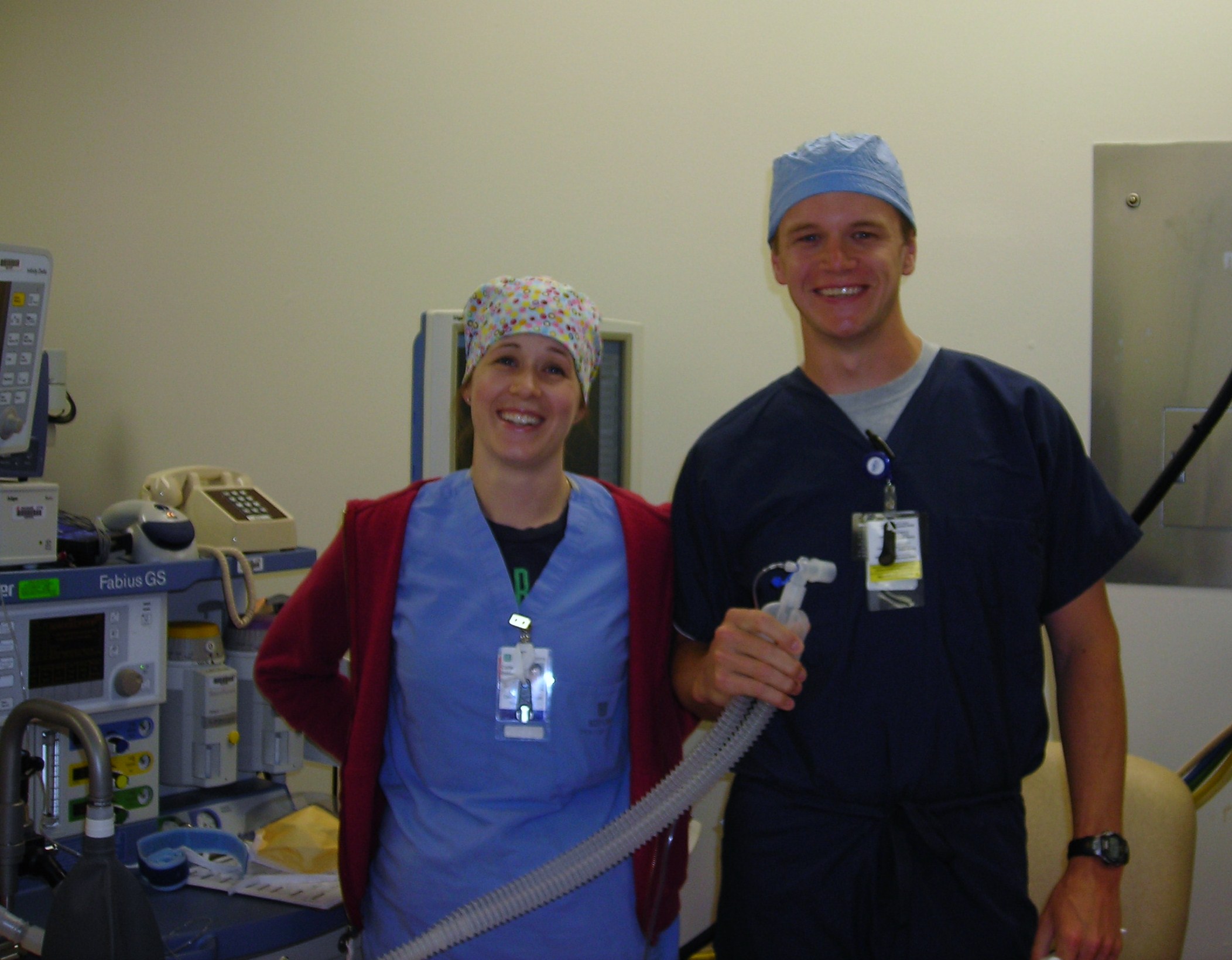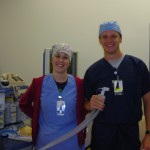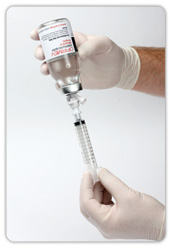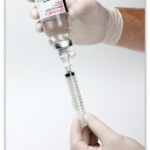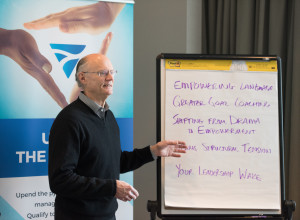 Submitted by Pamela Chambers, CRNA, MSN, EJD
Submitted by Pamela Chambers, CRNA, MSN, EJD
As we continually strive to provide the highest level of patient care to the guests in our facility, we cannot help but learn from the mistakes of others. In an article published in the Dallas Morning News regarding the CMS findings at Parkland Hospital, one issue (of many) struck me as something many of us may not think about on a daily basis as we provide patient care. Document preservation, a.k.a. evidence preservation.
As electronic medical records, storage, and retrieval becomes the norm across the nation, all healthcare providers must be vigilant to not only document the care that is provided – but also produce any records about that care that are requested pursuant to any legal action in a timely manner. Unreasonable (re: any) delay in production of records can have harsh adverse consequences.
SPOLIATION: the intentional destruction, mutilation, alteration, or concealment of evidence… If proven, spoliation may be used to establish that the evidence was unfavorable to the party responsible. (Black’s Law Dictionary, 8th Ed.)
While discovery is the process of collecting information to support the allegations and to otherwise build a case; Electronic discovery (E-discovery) is the collection, preparation, review, distribution, and production of electronic documents in litigation discovery. Electronic discovery includes files stored on office CPUs, laptops, network servers, Personal Digital Assistants (PDAs),CDROMs, DVD-ROMs, MP3 players, smart cell phones, backup tapes, flash memory cards and devices, other archive media, and third party storage systems. Also, voice mails become digital evidence, as collectable as e-mail. All of this digital content can become an important part of litigation.
During 2003 and 2004, United States District Court Judge Shira A. Scheindlin issued five groundbreaking opinions in the case of Zubulake vs UBS Warburg LLC. Zubulake involved a typical employee discrimination claim, alleging gender discrimination and retaliation. The defendant produced approximately 100 pages of e-mails pursuant to the plaintiff’s request for production of all relevant documents but failed to search its backup tapes for e-mails that may have been deleted or stored elsewhere. Since the plaintiff had saved more than 400 e-mails herself, she knew the defendant did not produce all relevant information. Zubulake’s attorney was permitted to argue to the jury that the defendant intentionally destroyed incriminating documents. Ultimately, the court found that the defendant had deleted emails, lost backup tapes, and failed to diligently and thoroughly produce all its relevant files.
The court penalized the defendant by allowing an “adverse inference” instruction to the jury, noting that the jury could assume that the missing documents contained information adverse to the defendant’s case. In the end, the plaintiff was awarded more than $29 million in damages.
A party to litigation, or to litigation that is reasonably foreseeable, has a duty to preserve evidence in its possession or control that may be relevant. Adequate preservation of electronic stored information (ESI) requires more than simply refraining from efforts to destroy or dispose of such evidence. The party must immediately intervene to prevent loss due to routine operations or malfeasance. If a party destroys evidence in its custody or control, it can be subject to sanctions that range from an assessment of costs and fees to suppression of evidence, an adverse jury instruction, or even dismissal of the case.
Food for thought…….
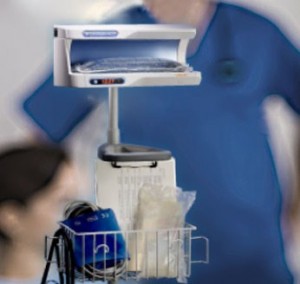 Patient temperature at the end of the case is an important marker of compliance with SCIP indicators of quality anesthesia care. Achieving the goal of temperature maintenance in the anesthetized patient requires the use of several techniques including warm blankets, forced air warming, the use of a HME in the breathing circuit, and the administration of warm fluids.
Patient temperature at the end of the case is an important marker of compliance with SCIP indicators of quality anesthesia care. Achieving the goal of temperature maintenance in the anesthetized patient requires the use of several techniques including warm blankets, forced air warming, the use of a HME in the breathing circuit, and the administration of warm fluids.